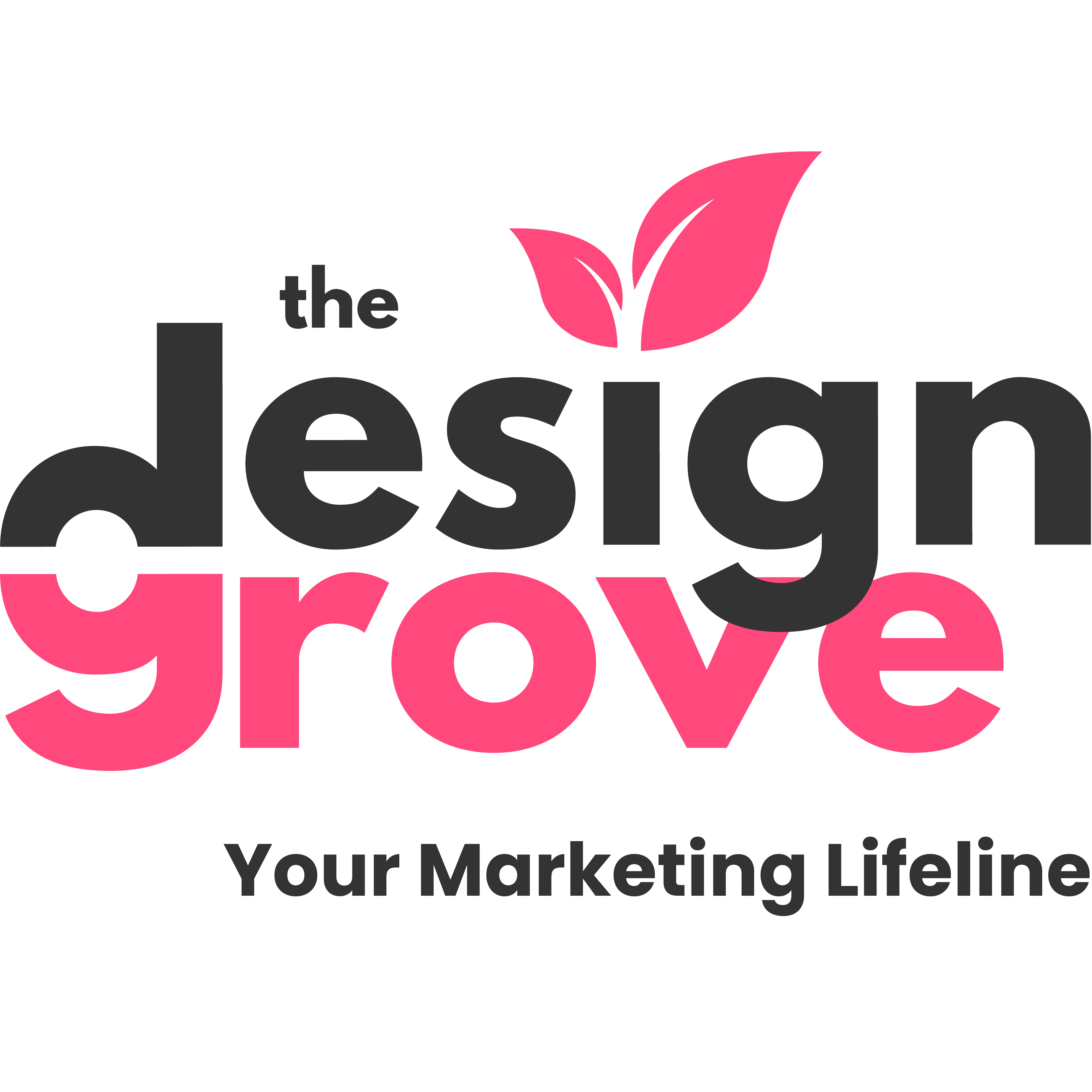This blog explores the link between employee engagement and marketing and explains why they are so intrinsically linked.
There are multiple ways a business can focus its marketing strategy. For example, a product or service focused business will give all it has to developing the best products or services that it possibly can. The difficulty here is that there may be no demand for them. They may have made their product’s so fabulous that they have to charge a premium for them and no one can afford to buy them!
Where have they gone wrong?
The missing element here is the customer – had they spoken to their customers and asked them what THEY wanted and what THEY would be willing to pay, they could have saved themselves a potentially costly experiment.
A company’s marketing strategy must be focused on its customers. It’s aims are to reach customers before, during and after their decision-making process.
With access to loads of information about your business from your website, social media & review sites, consumers are able to make decisions about you even before they come into actual contact with you. They have control over the whole process.
So, when new customers actually do sign up for a product or service from you, you must do everything in your power to hold onto them by creating an outstanding customer experience, from front of house, right through to the back office.
Each of your customer touchpoints have power to influence the customer not only making their first purchase but deciding to return to you time and time again.
So, what is the link with employee engagement?
What happens if you have a disengaged employee who works in customer service? Or front of house? What impression do you think they are going to make on your prospect?
Take an organisation with a longer delivery process, a construction company for example. Throughout the delivery there are lots of departments that need to come together to make the process seamless, run on time and effectively delivered. The sales team, project team, engineering team, procurement team, manufacturing, logistics – each of these teams have the power to make or break the experience for that customer. So what happens if they are disengaged, disgruntled employees? Do you think they will work well together and impress your new customer?
This is why Employee Engagement essentially is Marketing. Every single one of those people has a role to play in promoting the business and has a huge effect on how happy the customer is, how likely they are to return and recommend you to other people.
A breakdown in the process at any point leaves the customer feeling the trust they had in you is broken. Trust is the key part of building loyal customers that have nothing but good things to say about you.
What are the key components of employee engagement that directly impact customer satisfaction?
Communicating a clear strategy with specific goals
The way you communicate your strategy to employees has a great impact on their enthusiasm about your brand. It’s true to say that direction needs to come from the top down, but there also needs to be effective cross-departmental communication and teamwork. The goal, to promote transparency between teams and ultimately trust.
Developing great employee experiences
Think of employees as your internal customer. You should aim to make them as happy with you as you would your paying customers. Employees are far choosier about who they work for and how long they will stay than they ever were and to replace good employees takes significant time and cost, so it’s imperative to keep hold of the good ones!
Providing professional development opportunities
As we mentioned before, employees are not in it for the money anymore. Of course, that is a factor, but to drive engagement & empowerment, employees must be stretched and developed. They are more likely to go over and above for you if they feel they are getting something in return.
Educating employees on your marketing goals
Why not get your employees educated in all your wonderful USPs? Every interaction is an opportunity for your employees to sell your business and its products. Arm them with the information that will help them become ambassadors of your great business.
Communicating your Vision, Mission and Values
Think of your vision as your destination, the mission is how you are going to get there, and your values are the way you’re going to go about it. Aim to instil belief in your business’s ultimate goal, providing direction that will motivate and excite your staff.
Your vision, mission and values are also incredibly important to your customers. Involving them in your journey, making them see the emotion and drive within your business will help to win them around as well. If you want to know more about this, check out my ebook!


